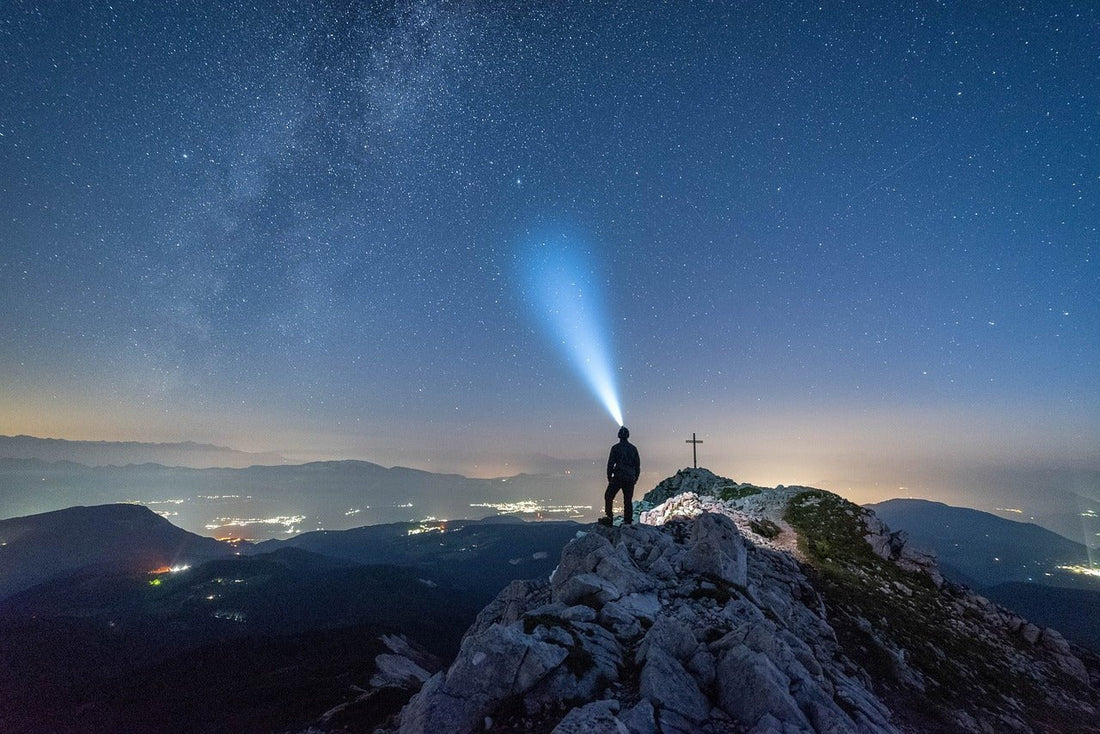Emergency preparedness has long been associated with robust, high-tech solutions—think complex generator systems, state-of-the-art first-aid kits, or satellite communication devices. Amidst all this chaos, there's one unsung hero when the lights go out - the multi-purpose flashlight. It may not win any beauty contests, but its versatility and reliability make it a superstar. Today, we're shining a light on emergency preparedness and why using a flashlight should be your MVP in any survival strategy.
Understanding the Basics of Flashlight Use
In an emergency, visibility is often the foremost challenge. A reliable multi-purpose LED flashlight serves as a beacon of reassurance in the dark. Sure, a flashlight's main gig is lighting up the dark, but knowing its bells and whistles can really up your game. Think adjustable beams for mood lighting, fancy modes like dim, strobe, and even SOS for when you want to feel like a secret agent. And who knew? It can even moonlight as a lantern. Modern flashlight uses are more expansive than ever - tough, shock-proof, and rocking long-lasting LED bulbs that keep the light shining for hours.
Navigating Misconceptions About Flashlights
What is the use of a flashlight in an emergency? Flashlights might be the best friends of campers and electrical repair crews, but they're far more versatile than that. Some folks think their smartphones can replace a trusty flashlight. That the use of flashlights doesn’t go beyond a phone. Sure, phones have built-in lights, but with their limited battery life, higher risk of damage or loss, and hit-or-miss brightness, they're more like a flaky friend you can't always count on. Another myth is that in truly dire situations, a flashlight's beam might actually draw attention and can be dangerous. While there is a time and place for discretion, the advantages of visibility far outweigh this concern.
Integrating Flashlights into Your Emergency Plan
Also, people don’t always know how to use a flashlight. To maximize the benefits of a flashlight in an emergency, integration into your broader emergency plan is key. Ensure you have multiple flashlights placed strategically in various accessible locations. Batteries should be stored separately to prevent drainage and kept in enough supply to sustain each flashlight. It's also vital to ensure everyone in your household knows how to operate each flashlight—including those with additional features, through regular maintenance and practice sessions.
Using a flashlight is simple and straightforward, but there are a few essential guidelines to consider. First, ensure the batteries are properly inserted and fully charged. Next, hold the flashlight securely and direct the beam towards the desired area. If your flashlight features adjustable beams or modes, utilize them appropriately for varying lighting requirements.
In emergency situations with low visibility, conserving battery life is crucial. Therefore, ensure to turn off the flashlight when not in use and avoid directing it towards people's eyes. Furthermore, if using a flashlight to signal for assistance, utilize the SOS mode or create an intermittent light pattern to attract attention.
The Unseen Light of Practicality
What is the use of a flashlight? The beauty of a flashlight lies in its immediate efficacy and the peace of mind it provides. It doesn't require cell service, Wi-Fi, or a satellite in the sky to function. It's fail-proof. In times of crisis, the most reliable solutions are often the simplest. By re-evaluating our emergency tool kits and emphasizing the importance of the flashlight, we are not only highlighting a critical aspect of preparedness but also illuminating the path to safer and more practical emergency readiness. When all else fails, you can always depend on a reliable beam to guide the way.
Read Our Other Blog: How to Find the Best Helmet Light for Mountain Biking

